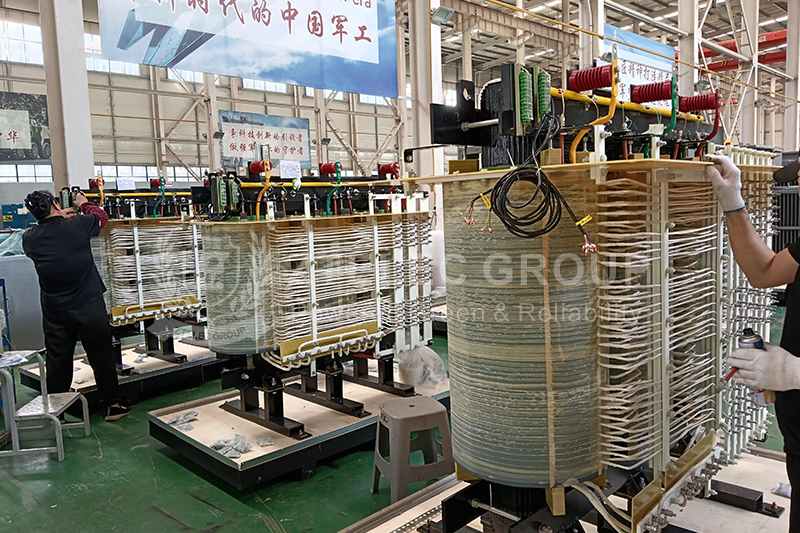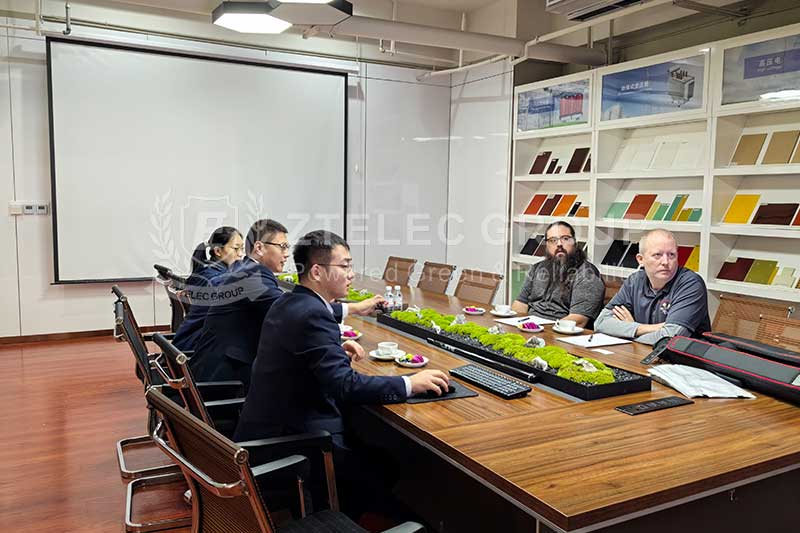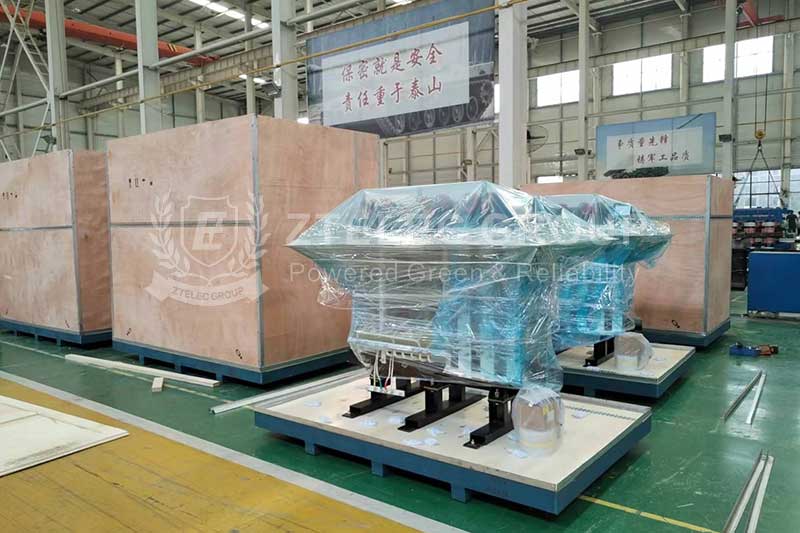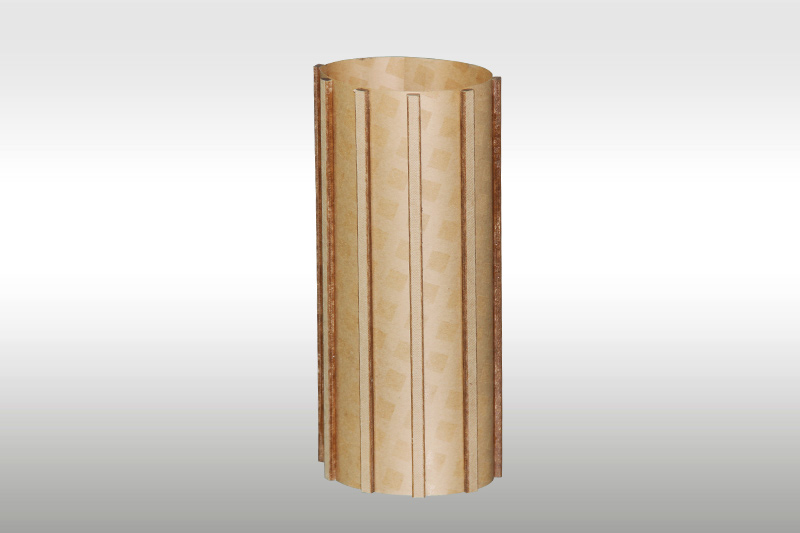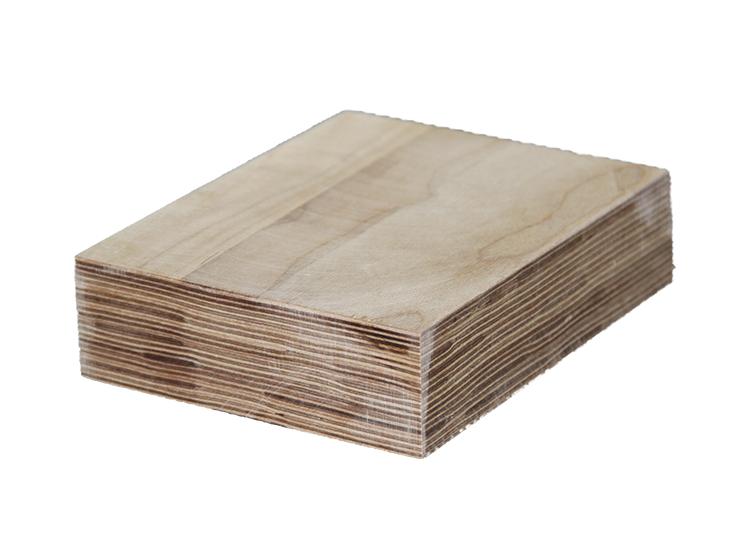What is Epoxy Glass Laminate, and what is G-10 used for? Which one is better than FR-4?
2023-12-25 16:24 | By: ZTELEC-www.ztelecgroup.com | 135click
What is G-10?
ztelecgroup has a range of glass-epoxy composite materials, including G-10, an industrial laminated plastic. G-10 is considered a relative of glass epoxy FR-4. Let’s take a closer look at the characteristics, applications and benefits of G-10 glass epoxy resin.
1.Concept and definition of g10
G-10 is an industrial laminated plastic that is a type of glass fiber reinforced epoxy resin composite material. The following are the concepts and definitions of G-10:
G-10 concept:
G-10 is a laminated plastic consisting of fiberglass cloth (woven fiberglass) and an epoxy resin adhesive. This material was originally developed for electronic applications such as printed circuit boards, but due to its superior properties such as high strength, good insulation properties and chemical resistance, G-10 is widely used in machinery, electronics, aerospace and other Industrial field.
G-10 definition:
G-10 is a composite material made from a blend of woven fiberglass and epoxy resin. This material is typically made by laminating multiple layers of fiberglass cloth, coating each layer with epoxy resin, and then thermally curing it at high temperatures and pressures. This process results in a strong and durable board with good mechanical and insulating properties.
Factors such as ingredient ratios, layout and heat cure conditions of G-10 in its manufacturing process may vary depending on the manufacturer and product specifications. This material is available in a wide variety and can be custom formulated to meet the needs of specific applications to meet the requirements of different areas.
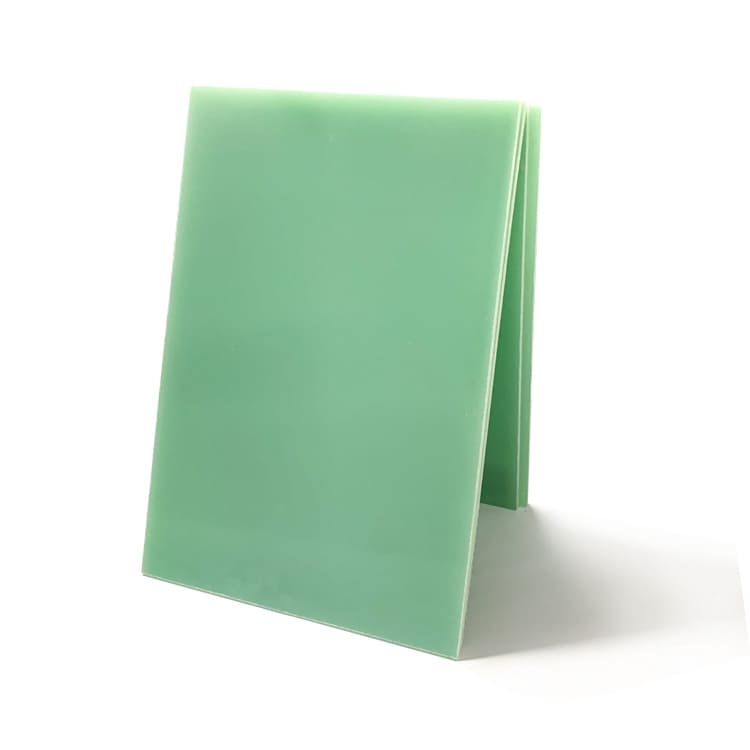
2.What are the important attributes of G-10?
G-10, a glass epoxy laminate, has several outstanding properties that make it popular in numerous applications. Here are some of the G-10’s notable attributes:
High Strength: G-10 exhibits excellent strength, including tensile, compressive and flexural strength. This makes it ideal for manufacturing parts requiring high strength and stiffness.
Excellent electrical properties: G-10 has excellent dielectric strength, making it an ideal material for insulating components in electronics and electrical engineering. It is very good at isolating current and electric fields.
Chemical resistance: G-10 can resist the attack of many chemicals and shows excellent chemical resistance, making it suitable for some corrosive environments.
Low Hygroscopicity: G-10 has very low water absorption, making it stable in humid environments. This is critical for applications requiring long-term stability.
Heat resistance: G-10 has high thermal stability and can maintain its performance within a certain range. Its maximum operating temperature reaches 140 degrees Celsius (284 degrees Fahrenheit).
Low cold creep: G-10 exhibits low cold creep, which means that under continuous stress, its dimensional changes are small and good dimensional stability is maintained.
Good machining properties: G-10 is easy to cut, drill and machine, which gives it good machining properties during the manufacturing process.
Suitable for cryogenic environments: Some variants of G-10 are well suited for cryogenic applications, capable of maintaining their performance in sub-zero temperatures.
Flame Retardant: Although the standard form of G-10 is generally non-flame retardant, some variants of G-10 are flame retardant, increasing its suitability in some applications where flame retardancy is required.
Radiation resistance: G-10 has certain radiation resistance properties, which makes it have certain application potential in some radiation environments.
3. Similarities and differences between G-10 and FR-4
G-10 and FR-4 are both glass fiber reinforced epoxy resin composite materials. They are similar in some aspects, but there are also some significant differences.
Same point:
Basic Composition: Both G-10 and FR-4 are composed of woven fiberglass and epoxy resin, which gives them high strength and good insulating properties.
Areas of application: Both are widely used in electronics and electrical engineering, especially in the manufacture of circuit boards and other insulating components.
difference:
Flame retardancy: One of the most significant differences is flame retardancy. FR-4 is a flame retardant material with flame retardants added to make it have high flame retardant properties. G-10 is generally non-flame retardant, although some flame-retardant G-10 variants also exist.
Thermal Properties: G-10 generally has high thermal stability, maintaining performance at relatively high temperatures. FR-4 has lower thermal properties and is mainly suitable for general temperature ranges.
Flexibility: G-10 is relatively stiff and brittle, making it suitable for applications requiring higher stiffness and hardness. FR-4 is relatively more flexible and is sometimes better suited for certain applications that require elasticity and toughness.
Differences in use: Due to differences in flame retardant properties, they may not be interchangeable in some applications. If the application requires higher flame retardant performance, FR-4 may be more suitable.
Electrical Properties: Although both have good electrical properties, G-10 generally excels in electrical properties, particularly in terms of dielectric strength and electrical insulation properties.
Cost: Due to differences in flame retardant properties and some other characteristics, FR-4 is generally relatively inexpensive, while G-10 can be more expensive.
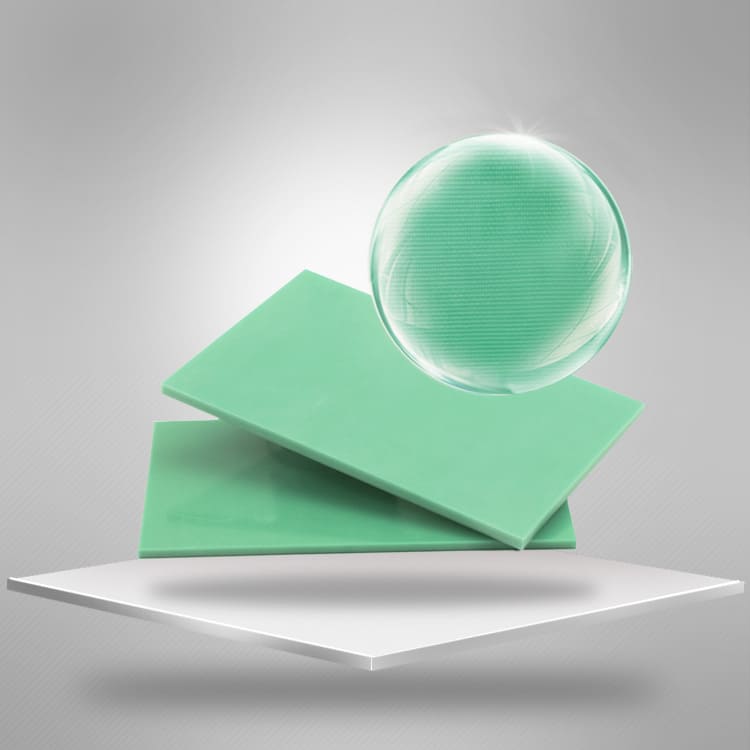
4.What are some examples of uses of G-10?
G-10 is widely used in many fields due to its excellent mechanical properties, insulation properties and chemical resistance. Here are some examples of G-10 uses:
Printed Circuit Boards (PCB): Originally designed for printed circuit boards, G-10 is widely used in the electronics industry to create high-performance circuit board substrates. G-10 has good insulating properties to prevent current leakage while providing excellent mechanical strength.
Insulators: Due to its excellent insulation properties, G-10 is often used to manufacture insulators in power systems to ensure that current does not leak through the surface of the insulator.
Medical Equipment: G-10 is widely used in medical equipment, such as manufacturing components for medical instruments. Its insulating properties make it ideal for electronic and electrical components.
Test boards: G-10 is often used to manufacture various test boards for evaluating and testing the performance of electronic devices.
Aerospace field: G-10 is used in the aerospace field to manufacture structural components of aircraft and spacecraft, such as instrument panels, support structures, etc., because of its lightweight, high strength and good mechanical properties.
Firearm Grips: G-10’s hardness and wear resistance make it an ideal material for firearm grips. It is also resistant to chemical attack.
Knife Handles: Due to its strength and chemical resistance, G-10 is widely used to make the handles of high-quality knives.
Rocket Boxes: In aerospace applications, G-10 is often used to manufacture rocket boxes and other components that require lightweight yet high strength.
Boating and Boating: G-10’s water-resistant properties and weather resistance make it an ideal material for use in boating and boating equipment, such as paddlers’ grips and rowing boat components, among many other applications.
It is also widely used in all walks of life.
tags:Lightning ProtectionOverload ProtectionShort Circuit Protectiontransformer safety10kV oil-immersed transformer
- more+releated article
- 2025-10-21Application of K Factor Transformer
- 2025-10-21Detailed explanation about transformer model w
- 2025-10-2010kV Oil-Immersed Transformer Safety: Lightnin
- 2025-10-20What are The Advantages of Phenolic Cotton Clo
- 2025-10-17Are Three-Phase Isolation Dry-Type Transformer
- 2025-10-17G10 Epoxy Sheet: Choosing the Right Specificat
- 2025-10-1610kV Oil-Immersed Transformer Operation Inspec
- 2025-10-163240-B Epoxy Phenolic Glass Fiber Cloth Lamina
- 2025-10-15G10 Epoxy Sheet: The Preferred Insulation Mate
- 2025-10-15Analysis of Energy-Saving and Noise Control Te

